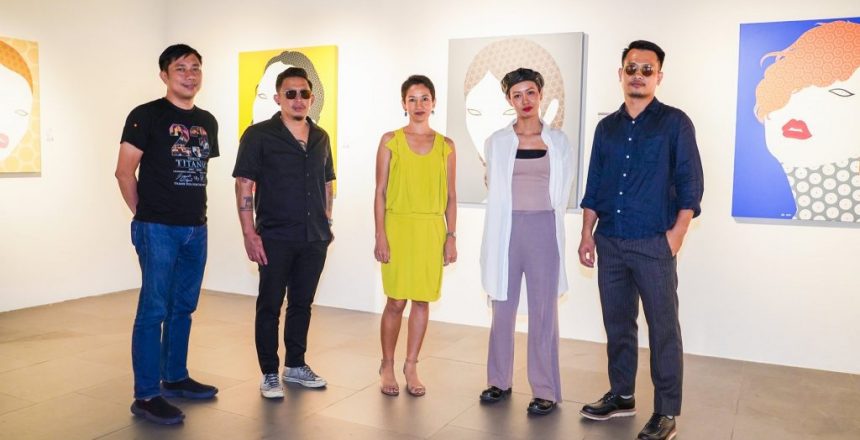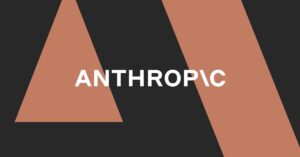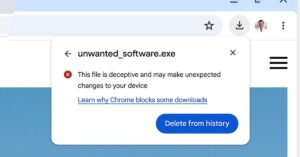The art gallerist Sukontip “Fon” Ostick shares her thoughts on the art world and how it is navigating the global pandemic.
By Alisha Pawa
A corporate woman turned art gallerist, Sukontip “Fon” Ostick is the proud owner of La Lanta Fine Art Gallery and the newly opened Warin Lab at OP Garden. We recently attended her opening for the art installation “SWAMPED” at Warin Lab, where she seeks to promote social issues to stimulate positive changes in society.
La Lanta, which means “beauty in abundance,” has a strong presence at international art fairs. Fon’s determination to shake things up has generated much exposure for the art world in Thailand and beyond. From offering inspiring up-and-coming artists a stage to showcase their work to distributing fine-art prints in poster-size formats, Fon has earned a reputation as one of Thailand’s top art gallerists.
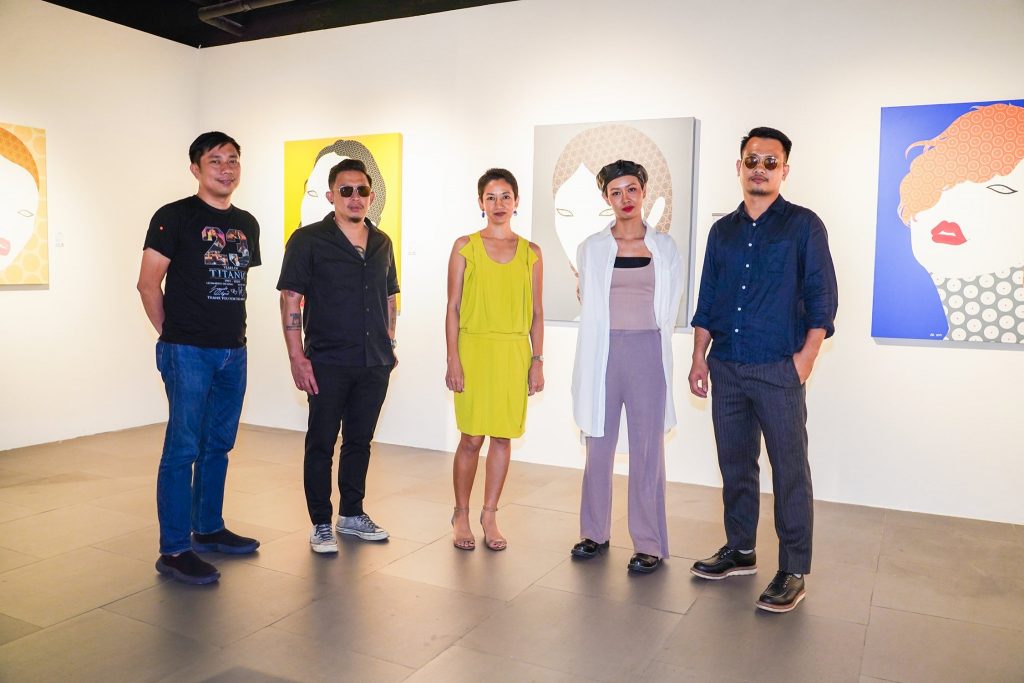
Could you describe yourself in three words?
Kind. Strong-minded. Tenacious.
How did you choose this career path?
I always liked art and liked going to museums but I never thought I could make it a career. It came to me when my husband and I went to England and took some time off work. When it was time to go back to work, I felt that it wasn’t the life I wanted to go back to—and it felt wrong. At the same time, I had an idea at the back of my mind. We had visited a fair where they had different tents, and different tents had different things. I went to one tent where all the art publishers brought together art. They bought licenses from the artists. At that time I thought it was very difficult to find decorative art pieces in Thailand. I thought I could tap into this in Thailand and asked them to be a receptor. So I came home, resigned from my job, and found a space at All Seasons Place, and had my first store—La Lanta.
I had art prints that I put into frames and sold. One day a university student came in to ask if they could put their art print in my store. That’s how I started to learn more about this art world I never knew before. I asked whether he would graduate and become an artist and he replied saying “Not everyone can become an artist” and that’s because it’s got a ceiling that a lot of people can’t breakthrough. If you’re not famous, you can’t make a living as an artist. I would see my friend designing T-shirts or merchandising, doing something completely different from art. That’s when I felt I could be a platform because I have a space—and that was 18 years ago. Now, I have a proper gallery and I’m doing what I’m doing.
What is your favourite part about being an art gallerist?
I feel that I can make a difference in whatever I decide to do because it’s my space and I run it with an objective. So that’s what I enjoy—the feeling to be able to deliver what my heart says.
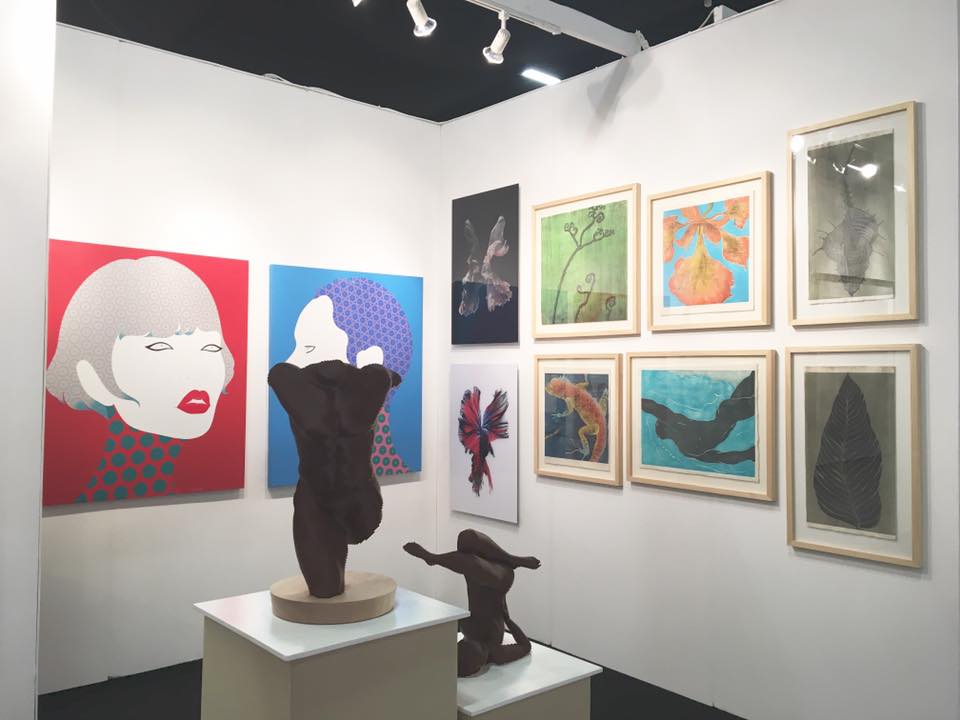
Who is your inspiration?
I’m inspired by different people from different walks of life—I don’t have one person only that I look up to. But if anybody I would say my mother because of her tenacity. She had a laboratory called Warin Lab and we basically grew up in a lab. She would work in a hospital and when she came home people would visit her in her clinic. That’s why I chose to name this Warin Lab: to honour her and also because the name ‘lab’ extends to things that could be experimented with within the landscape of art and not simply set itself within boundaries.
Could you share with us your proudest achievement?
To be successful in the art business is my proudest achievement in life. If I was in the art circle or studying art, I wouldn’t have dreamed to do this because it’s so difficult to be in this business. It’s unbelievable. I didn’t know it and jumped into it without knowing what the future would hold, but I managed to be successful. I put in a lot of effort to reach where I did and put a lot of brainpower, as I didn’t have a lot of money. But limited resources pushed me to be more creative because I came in without any connections in the art industry and I had to find a way to survive by traveling overseas. By not having a degree, I had to study harder so it kind of pushed me to do every step that wasn’t conventional in the Thai art business. I used my marketing background and from where I came to really make a success out of selling art, which, of course, is not something we need in daily life. So I am proud that everything came together and it’s been successful.
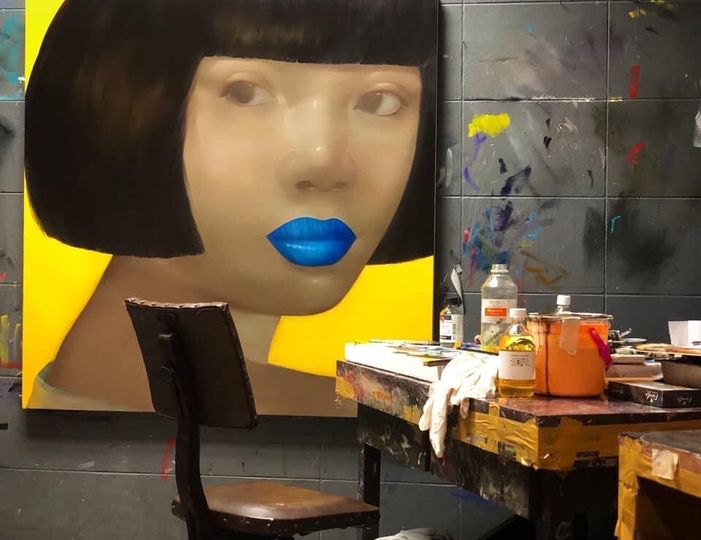
Where is your favourite spot in Bangkok?
I’m a home person and I enjoy being at home. It’s my sanctuary.
How did you spend your time during the lockdown?
When the first lockdown came, I spent most of my time practicing yoga. As for work, I would usually do international fairs about nine times a year in places like Hong Kong, Singapore, London, New York, the Philippines, Taiwan, and even Miami. So having nine fairs a year—that’s a lot of logistics to pack and unpack, you have to choose different artwork, set up everything, and of course there’s jetlag. Then during the pandemic, I wasn’t able to do any fair for about one-and-a-half-years. So we started to capitalize more on what we have so I started to cultivate local buyers that I felt I neglected earlier. During the lockdown, it was a good time to build a channel for more local business. Back then I had no connections so that’s why I switched towards overseas, but during the lockdown everything changed—especially there were a lot of online sales.
During the lockdown, I opened the gallery on an appointment basis, I shared the catalogues with my clients via Line, and I joined online art fairs. And I signed up popular artists and we sold a lot of the artworks, so it’s not just one thing but a jigsaw of all things together.
Do you have a favourite from your own work?
I think my new gallery here—it’s to the next level in terms of feeling connected to it. It’s like my baby and I need to make sure it continues to walk and grow properly.
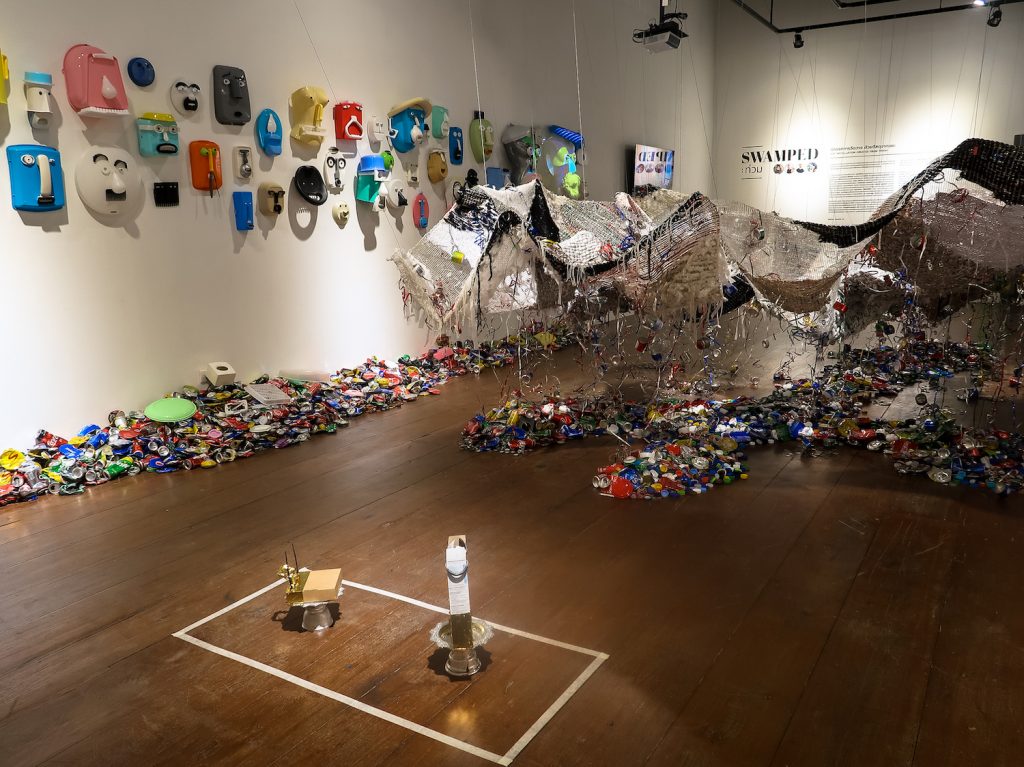
Art has seen immense growth worldwide during the pandemic. What are your thoughts about this?
I think there are two sides to this. Art is escapism that transports you from where you are. For instance, transporting you from your home during the lockdown. Looking at art and producing art has a meditation quality so that in a way it helps in terms of spending on art. A lot of people start to spend money on art to decorate their homes. I look at it both ways even in terms of business. So yes it has been growing.
What emotions does art evoke during these uncertain times?
It evokes all kinds of emotions depending on the person—because there’s a gap between the person who creates the art and what they want to put out, and there’s a space between the viewer and the creator. And that space is filled from what the viewer has there in terms of frame reference. They might not have the same frame of reference they could interpret it in different ways. So that gap is a very interesting space in itself.
What role has art played in bringing positivity to society during this period?
I feel like the lockdown was actually a social experiment in some way. While you spend time creating art, it also soothes your mind. It pushes you to not socialise, so art became a tool to pass your time. You relax and learn something new. And again it’s escapism to transport you somewhere you can’t go.
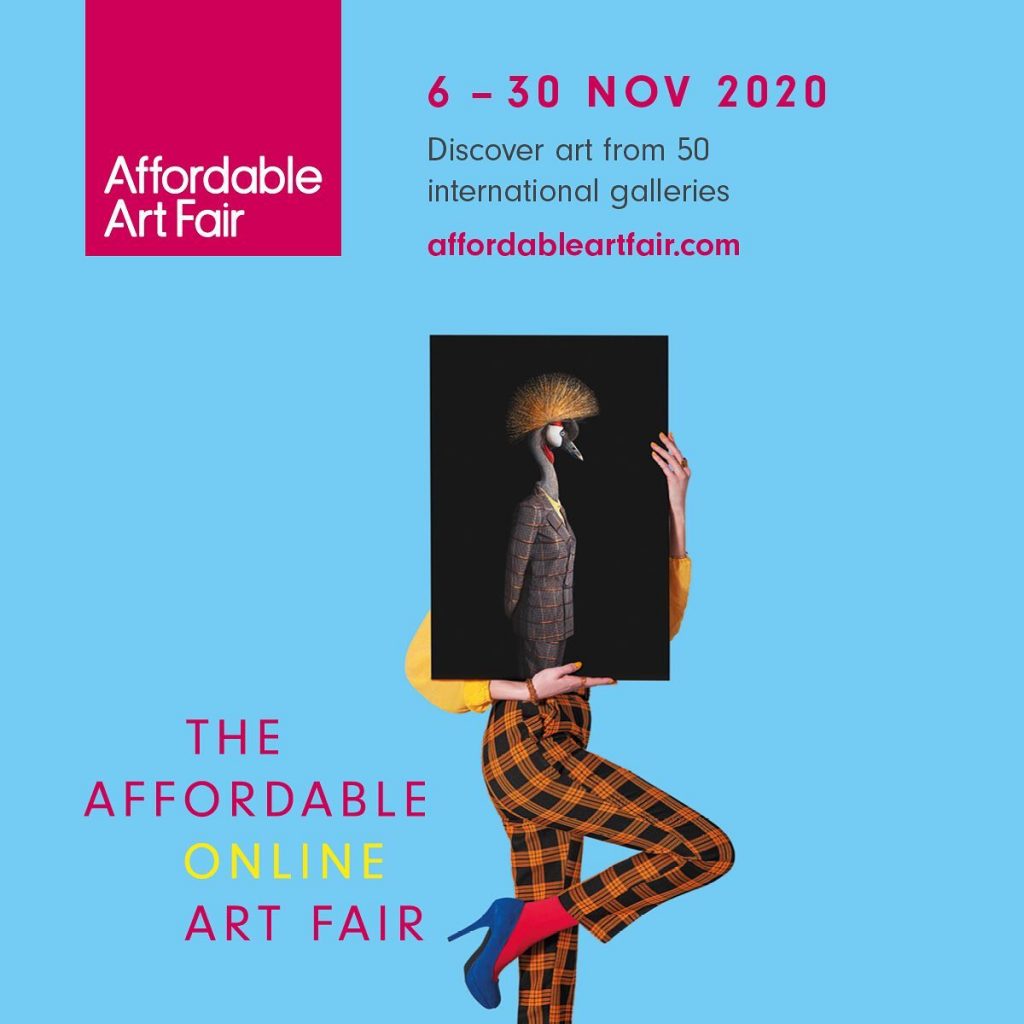
At the beginning of the lockdown, a lot of art fairs turned online. Did the virtual art fair work for you?
It worked for me actually. I think it’s because of the fair that I chose. I chose to be a part of the Affordable Art Fair, which has the price bracket so they were seeking to attract new buyers. They encouraged art to be a part of their lifestyle and didn’t position art as an investment—so I pitched myself at that level. Art could be something not so expensive and rather pleasing. I asked about the average price point and curated my inventory accordingly to fit the bracket of the consumers who might be looking for art as a decorative material for their new homes. The perks were that I didn’t have to travel anywhere, didn’t have to physically set up anything, and everything was online even the payment—so it all became easy.
I think this pandemic gave people a new perspective. We all thought: Why didn’t we do this before? And now that people are more familiar and comfortable with art going online, it should be continued in the future as well.
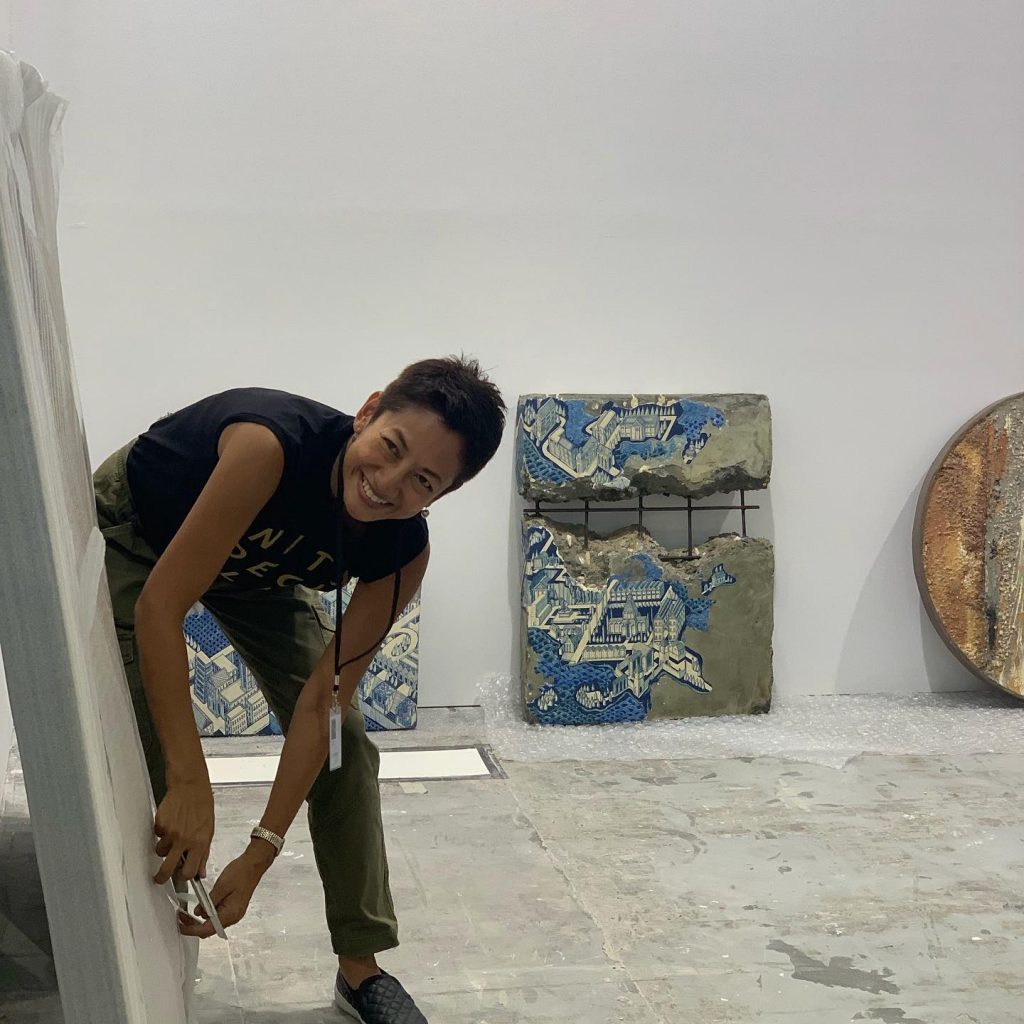
Do you have any message for aspiring art gallerists out there who are planning to step into this industry?
Definitely, the more people join, the bigger this industry gets. The world is so big. It’s not easy. You have to be prepared to work hard for sure. If you want to do it, then do it, so you know at least you’ve tried. Especially, if it is your calling.
